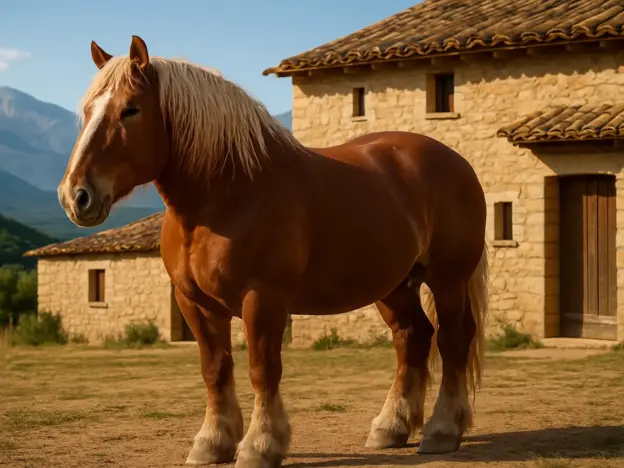Intro
Now extinct, the Catalan horse is an ancestor of today’s Catalan Pyrenean horse. This was a breed of saddle horse that was bred specifically in Catalonia, from where they get their name.
Read more
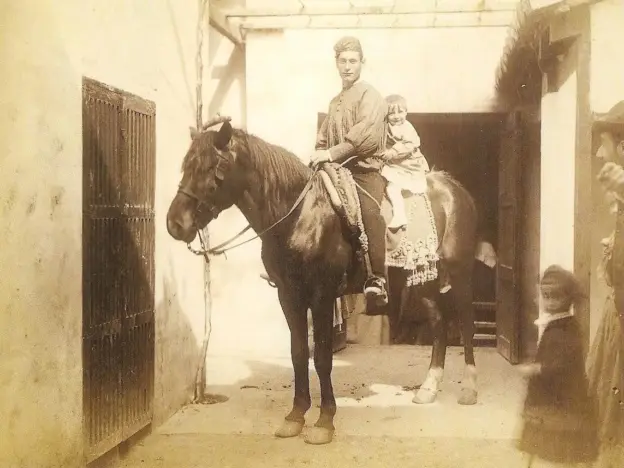
Now extinct, the Catalan horse is an ancestor of today’s Catalan Pyrenean horse. This was a breed of saddle horse that was bred specifically in Catalonia, from where they get their name.
Read more
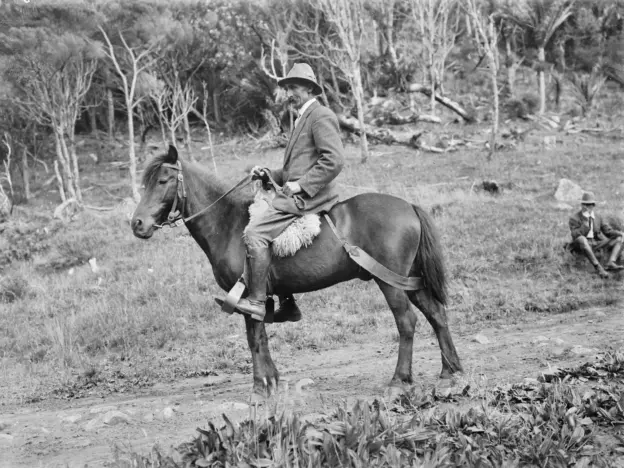
The Carlyon Pony was not an official breed, they were the result of imported Exmoor Ponies crossed with local animals of New Zealand.
Read more
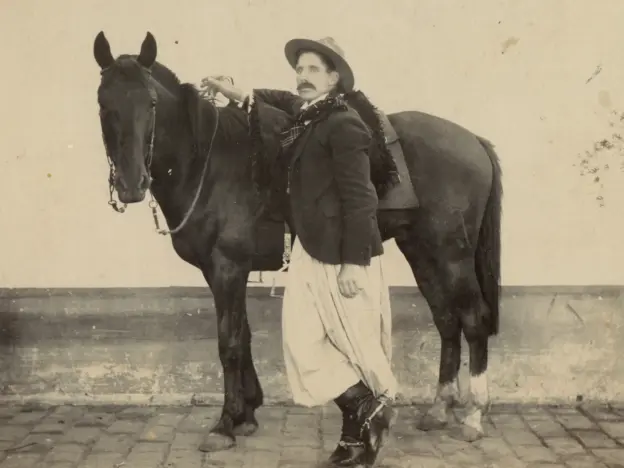
A predecessor to the Criollo Uruguayo, the Canelón was the first national horse of Uruguay, probably bred in the Canelones region from which it takes its name. Known as a fine and adaptable saddle horse, with fast, agile movement.
Read more
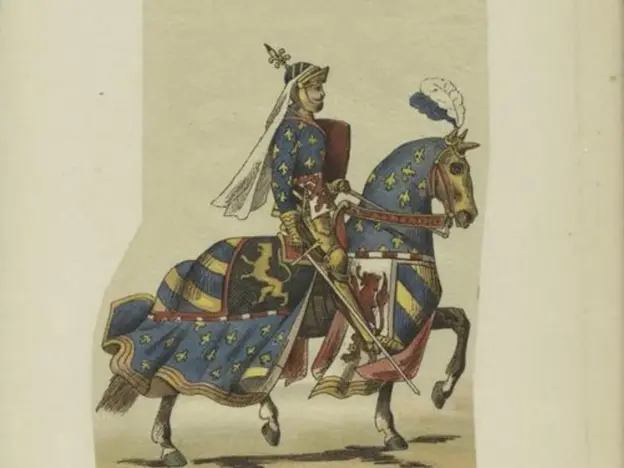
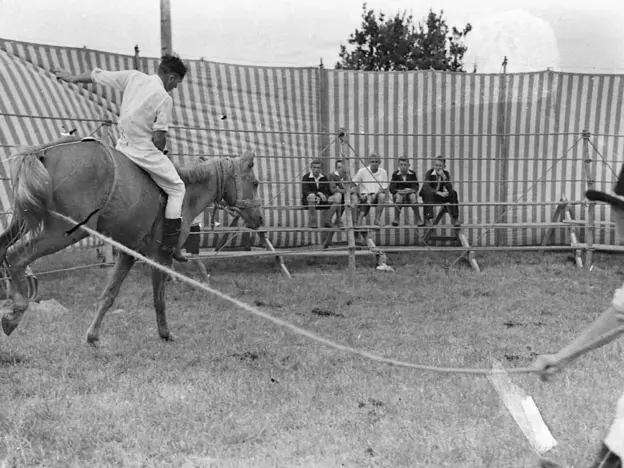
Like the feral horses of the Americas, Australia has pockets of herds in various parts of the country. While the may have similar lineage, over time they have developed localized characteristics, making their bloodlines unique today.
Read more
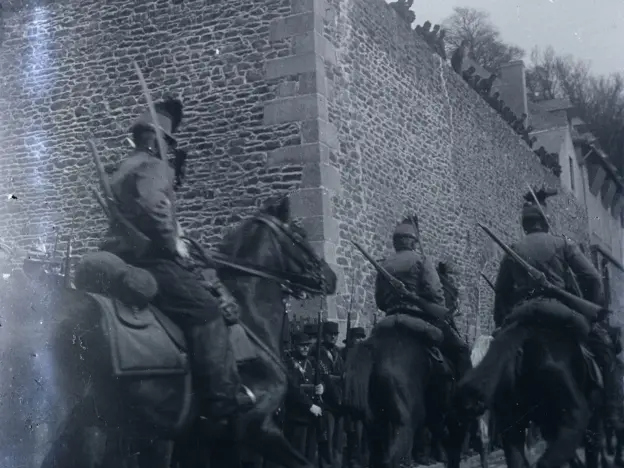
The Bidet of Morvan or Bidet du Morvan is not an official breed. The term Bidet with regards to horses in France is a very old one, but today the term generally means country bred.
Read more
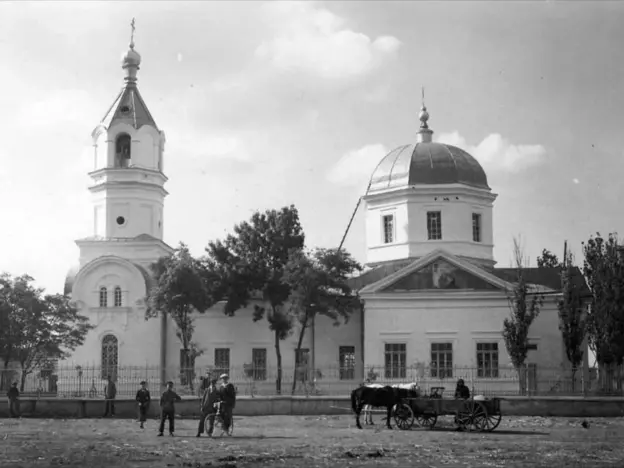
Named for the region of Bessarabia where they are bred, the Bessarabian is a breed of heavy saddle horse which contributed to the old Transylvanian breed.
Read more
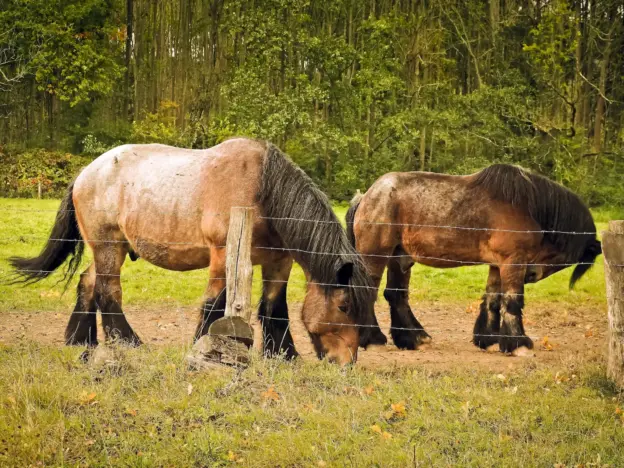
The Baltic Ardennes was a strain of the mighty Ardennes breed, bred specifically in Latvia. The type was absorbed into the Estonian, Lithuanian and Latvian draft studbooks.
Read more
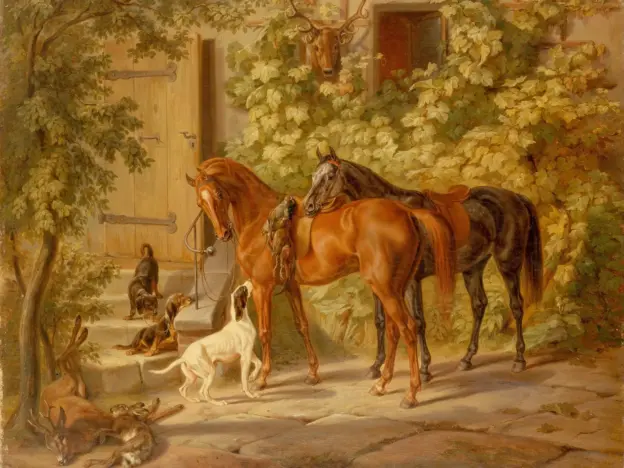
The Argamak is an extinct breed that originates from Central Asia and considered a descendant of the ‘celestial horse’ to many on the continent. They are often called the first saddle horse bred in what is now Uzbekistan.
Read more
